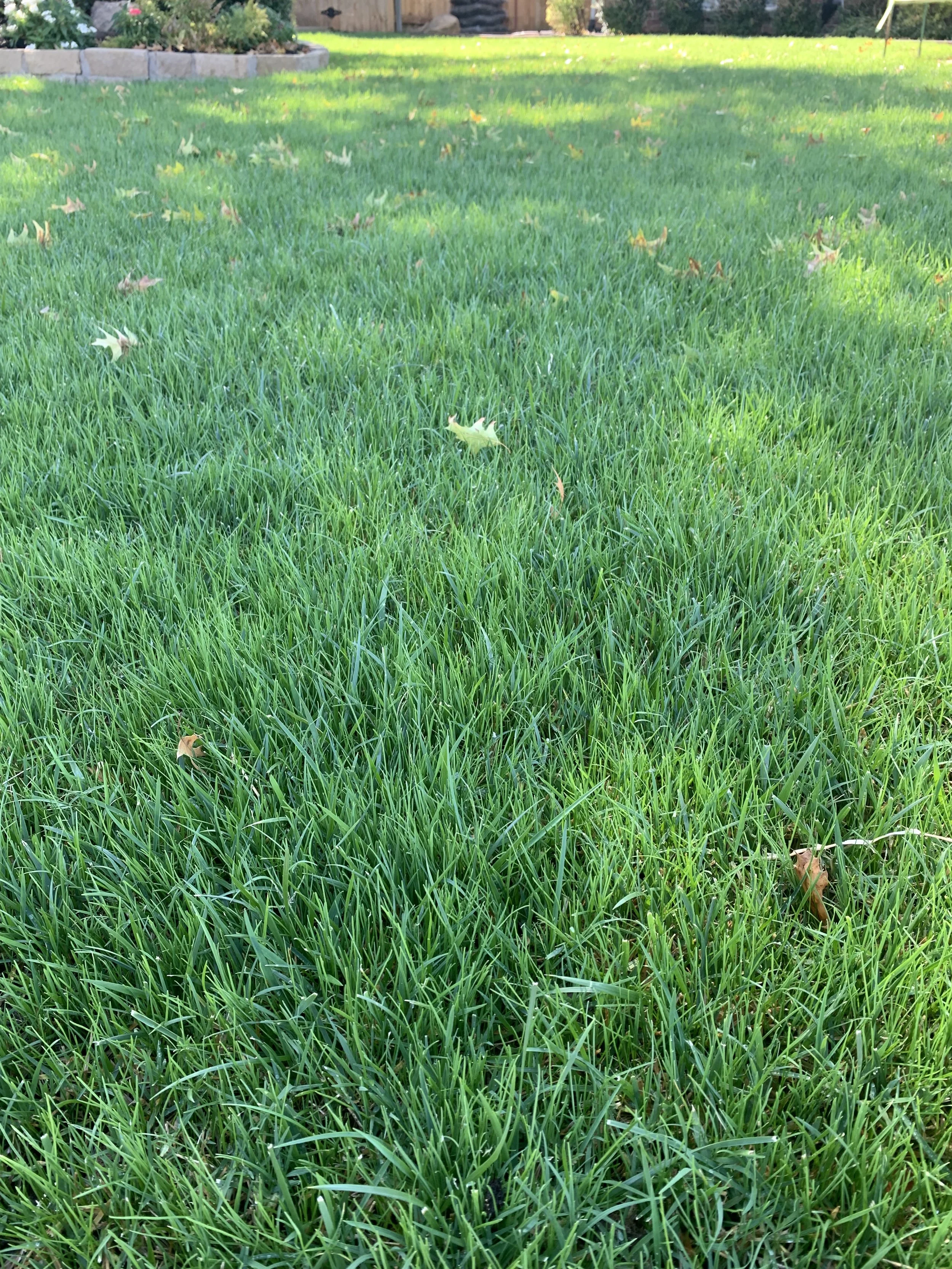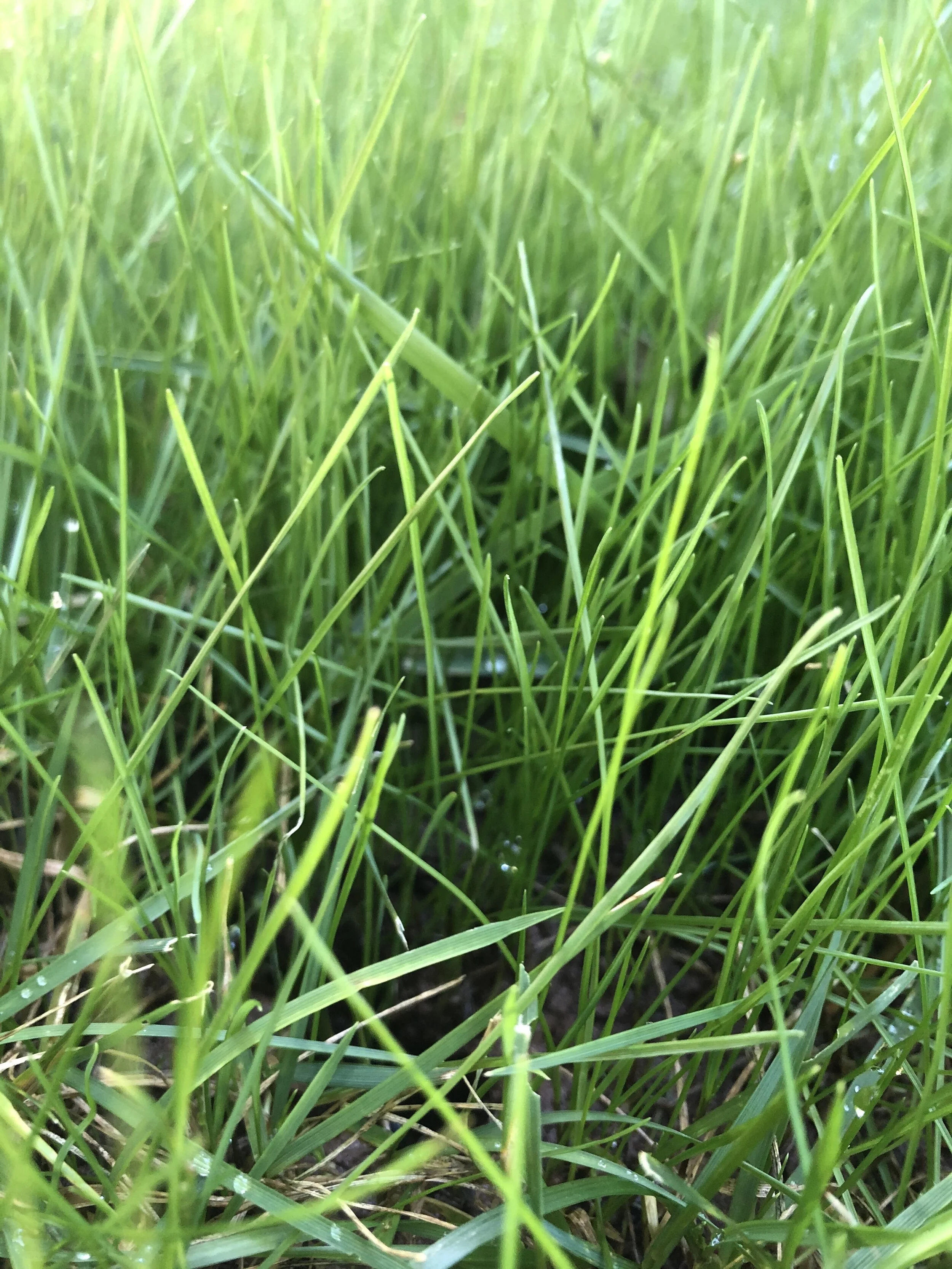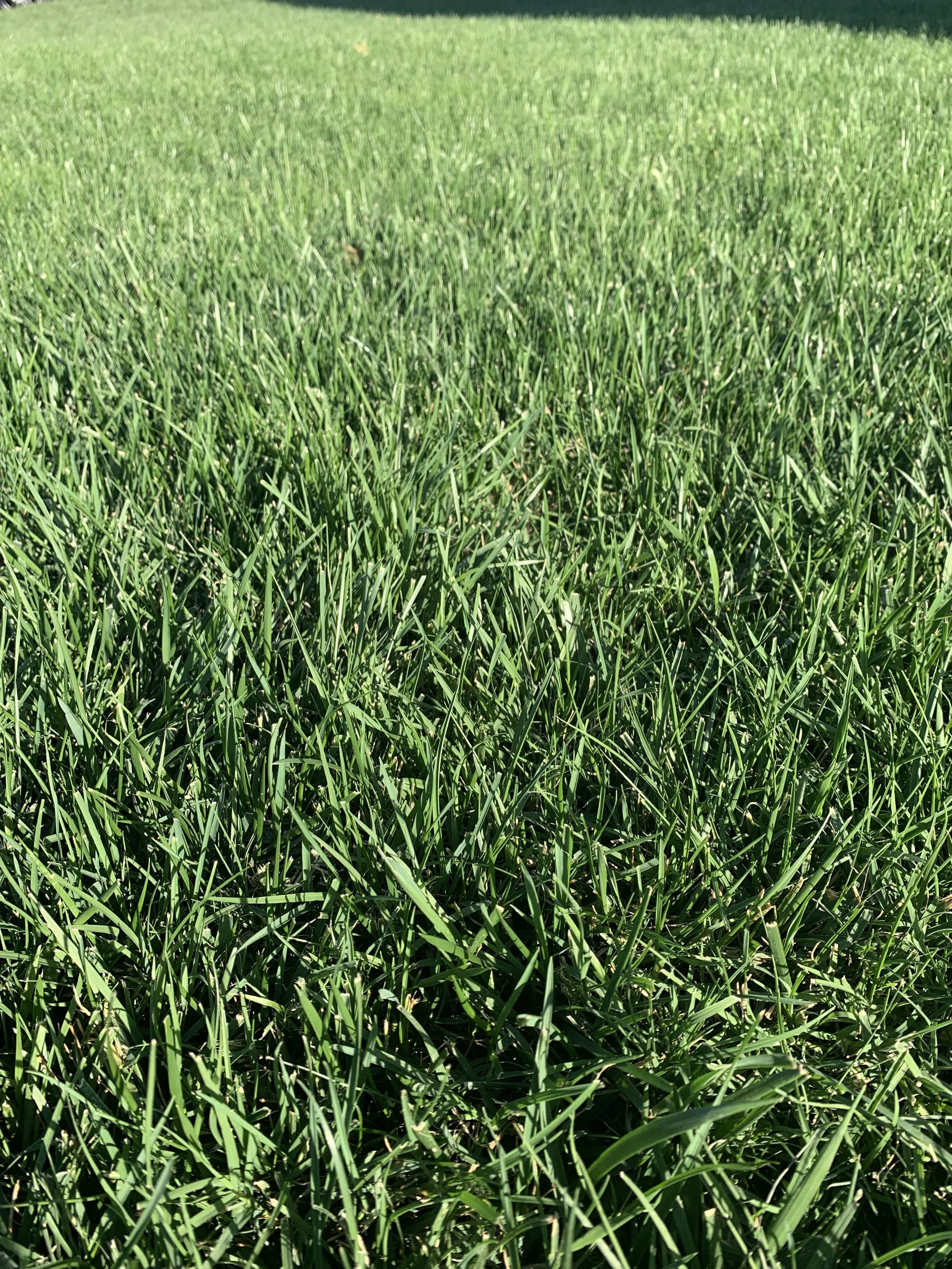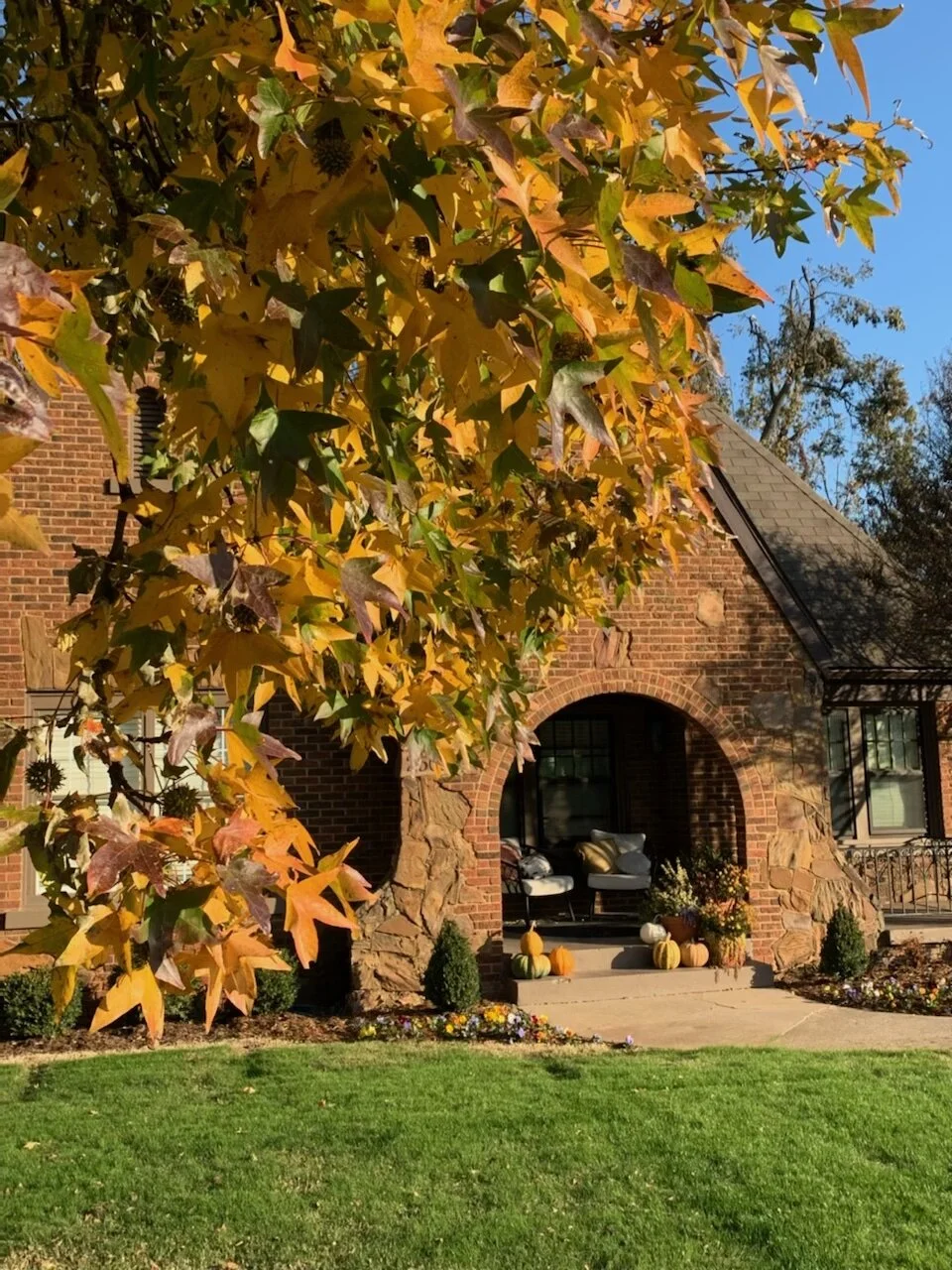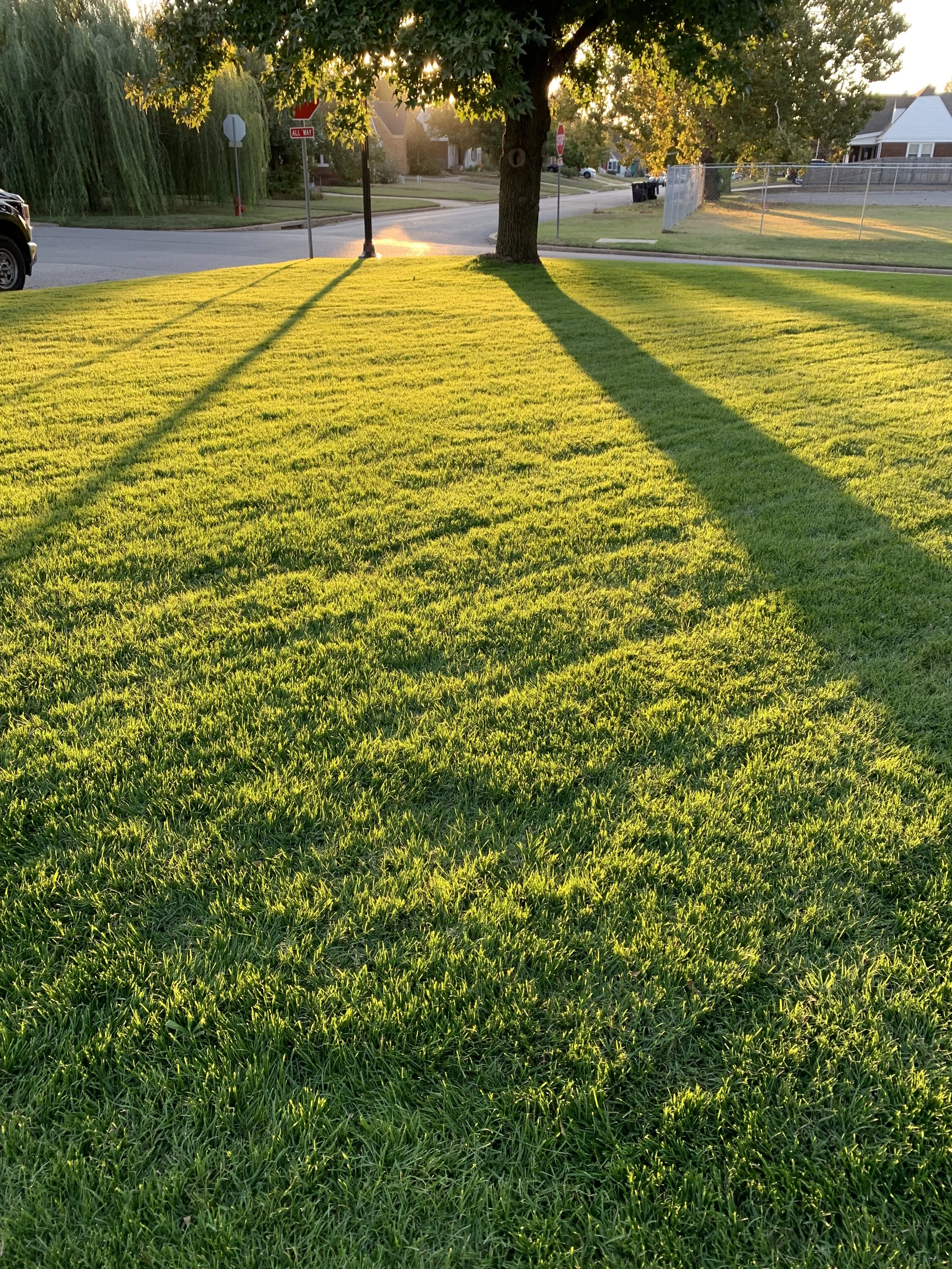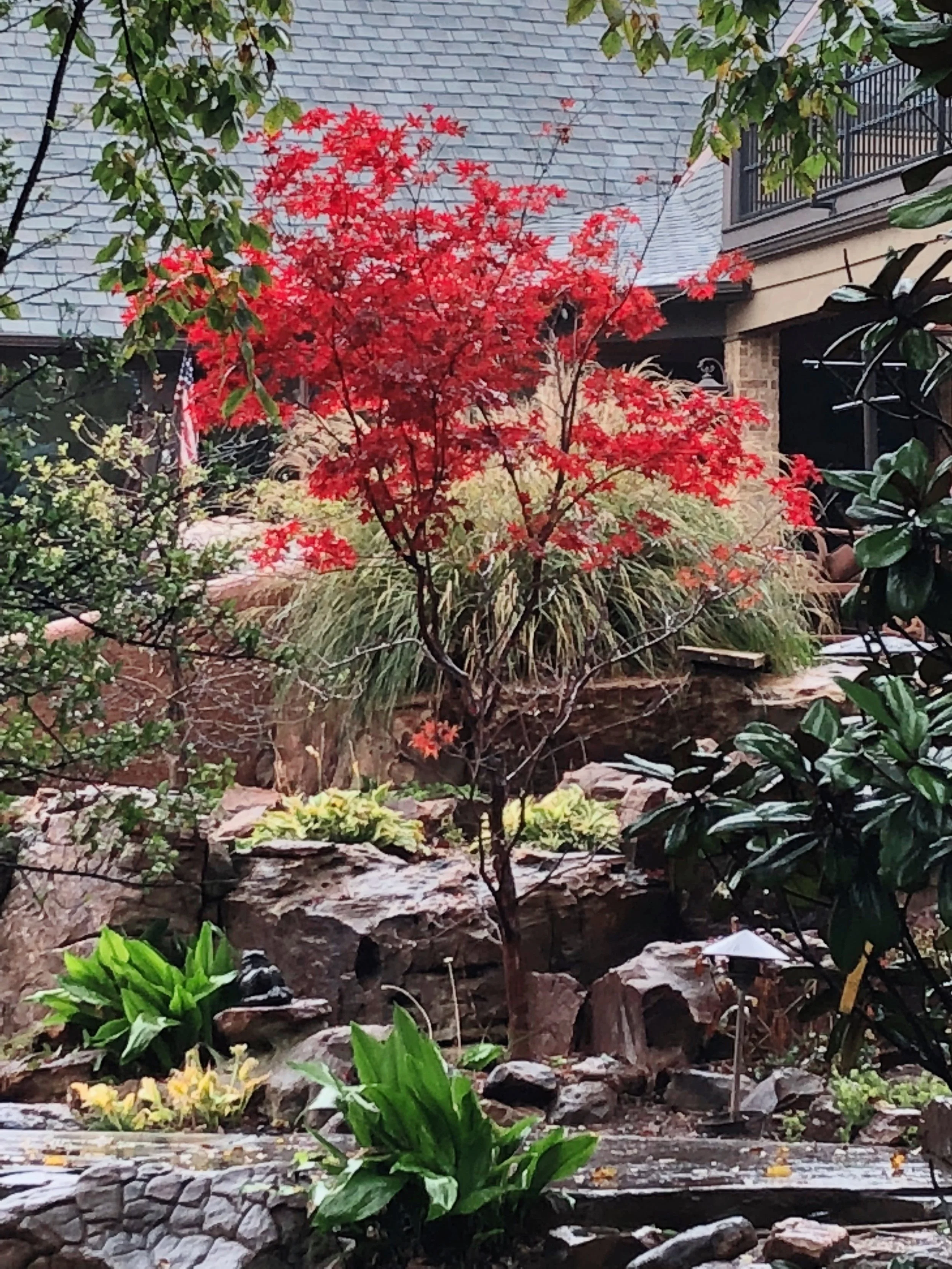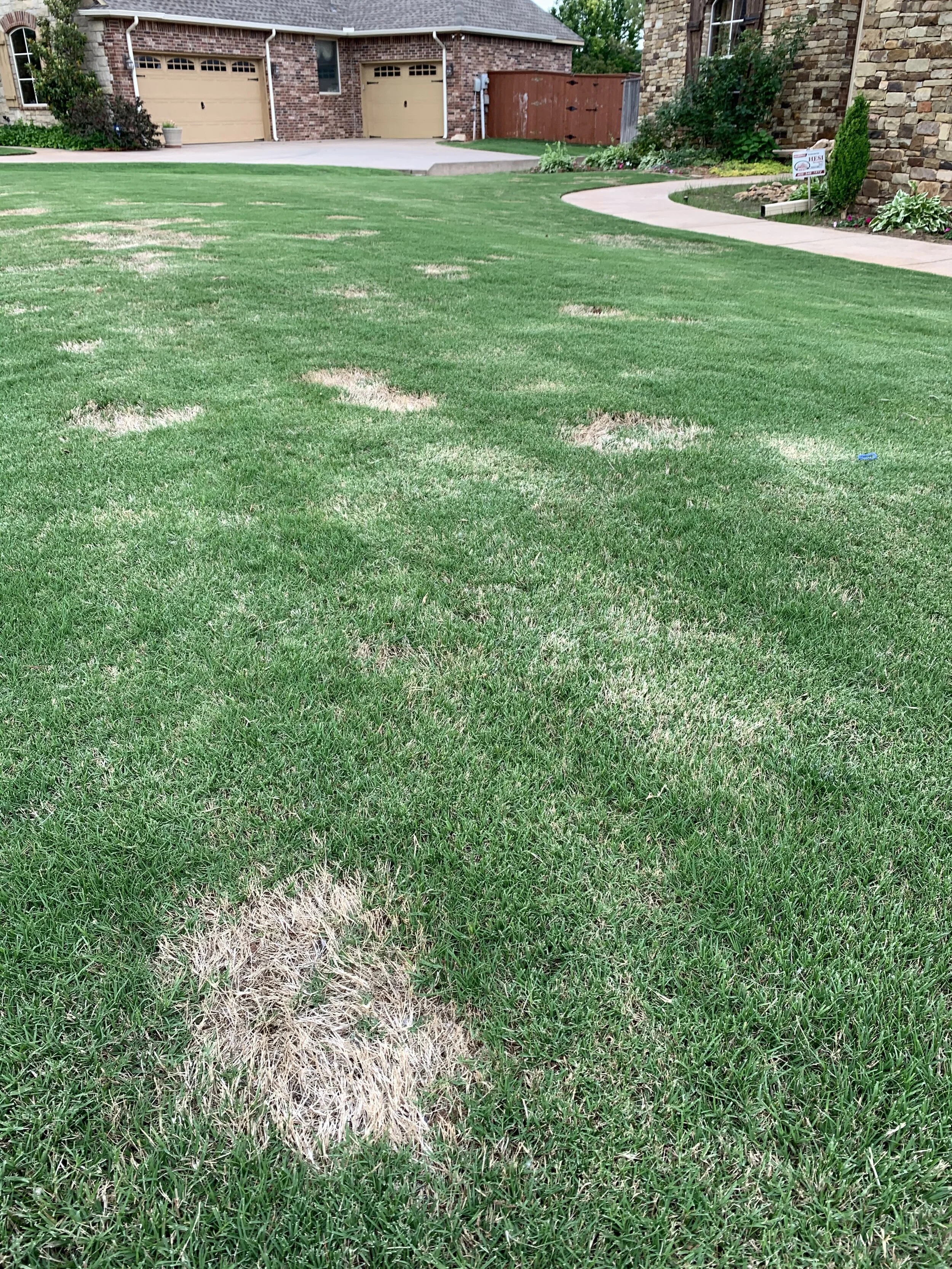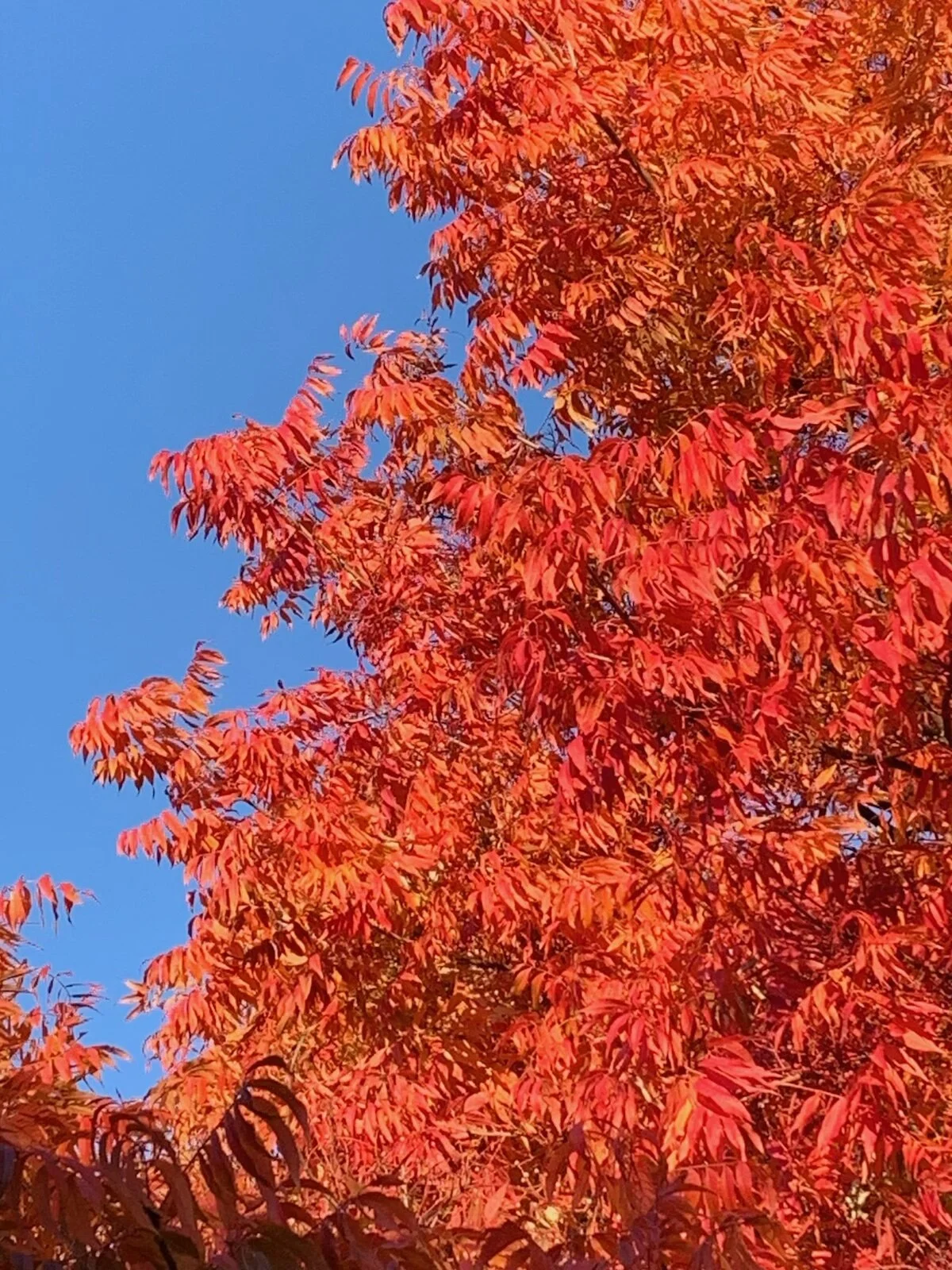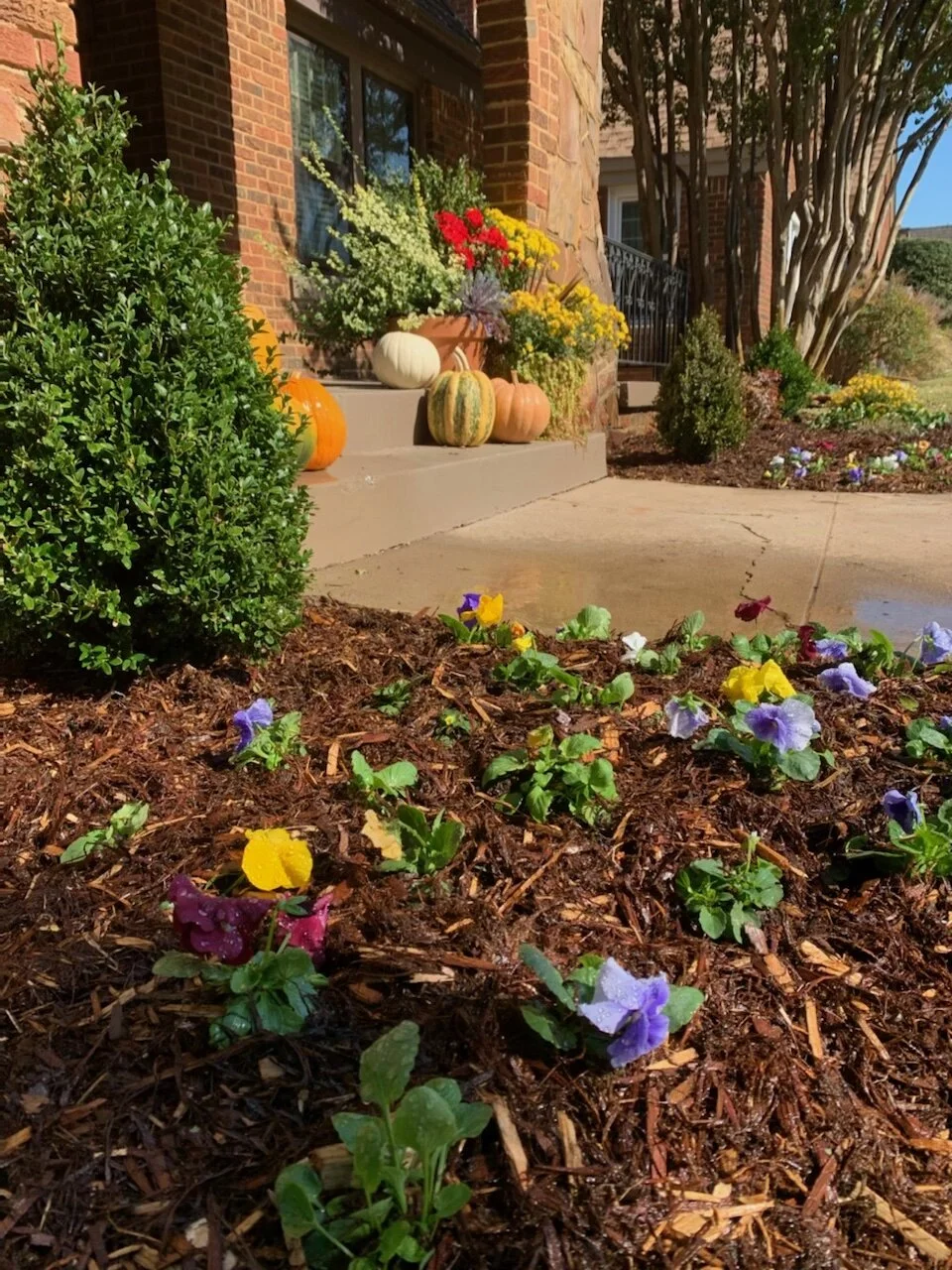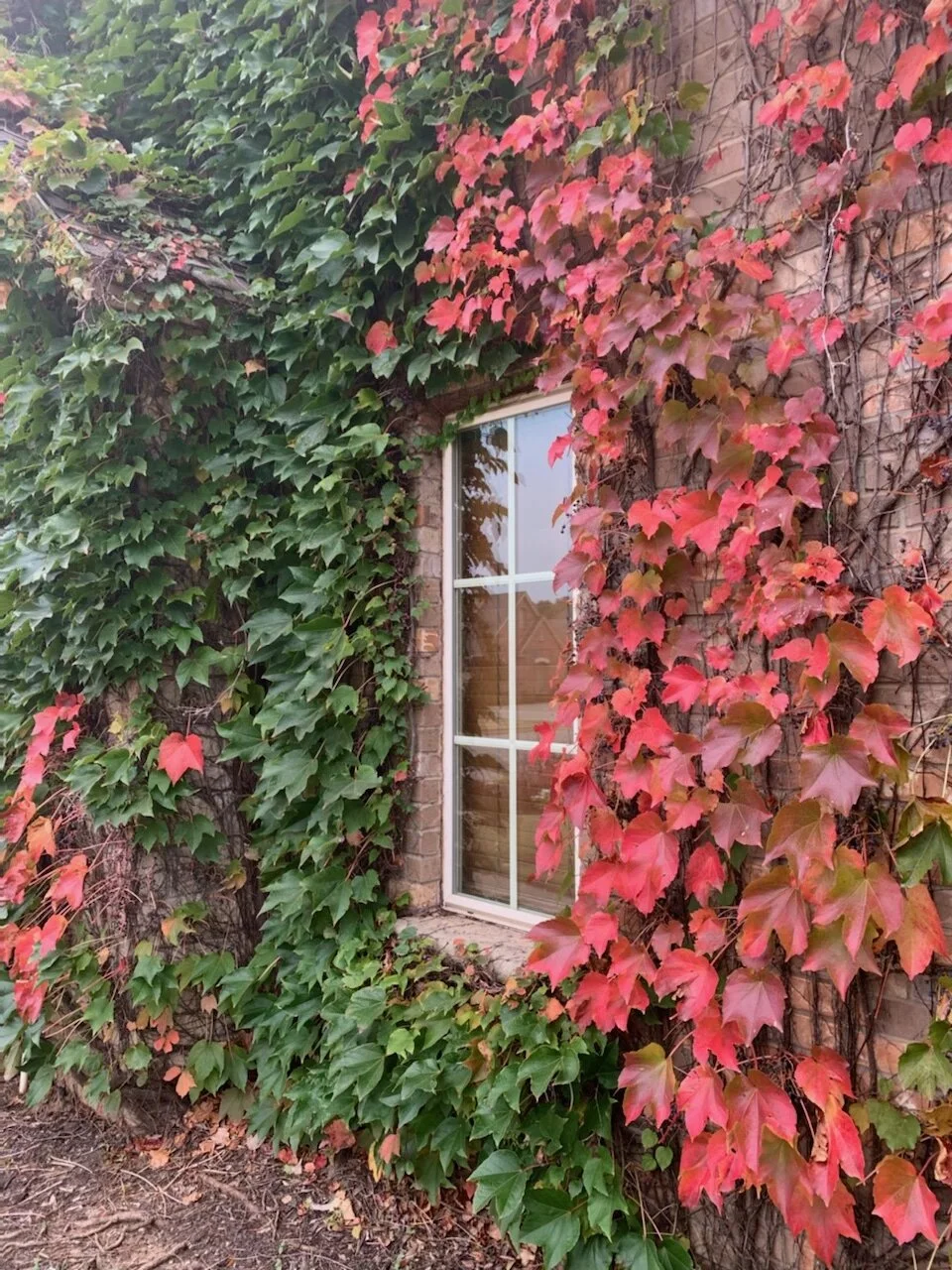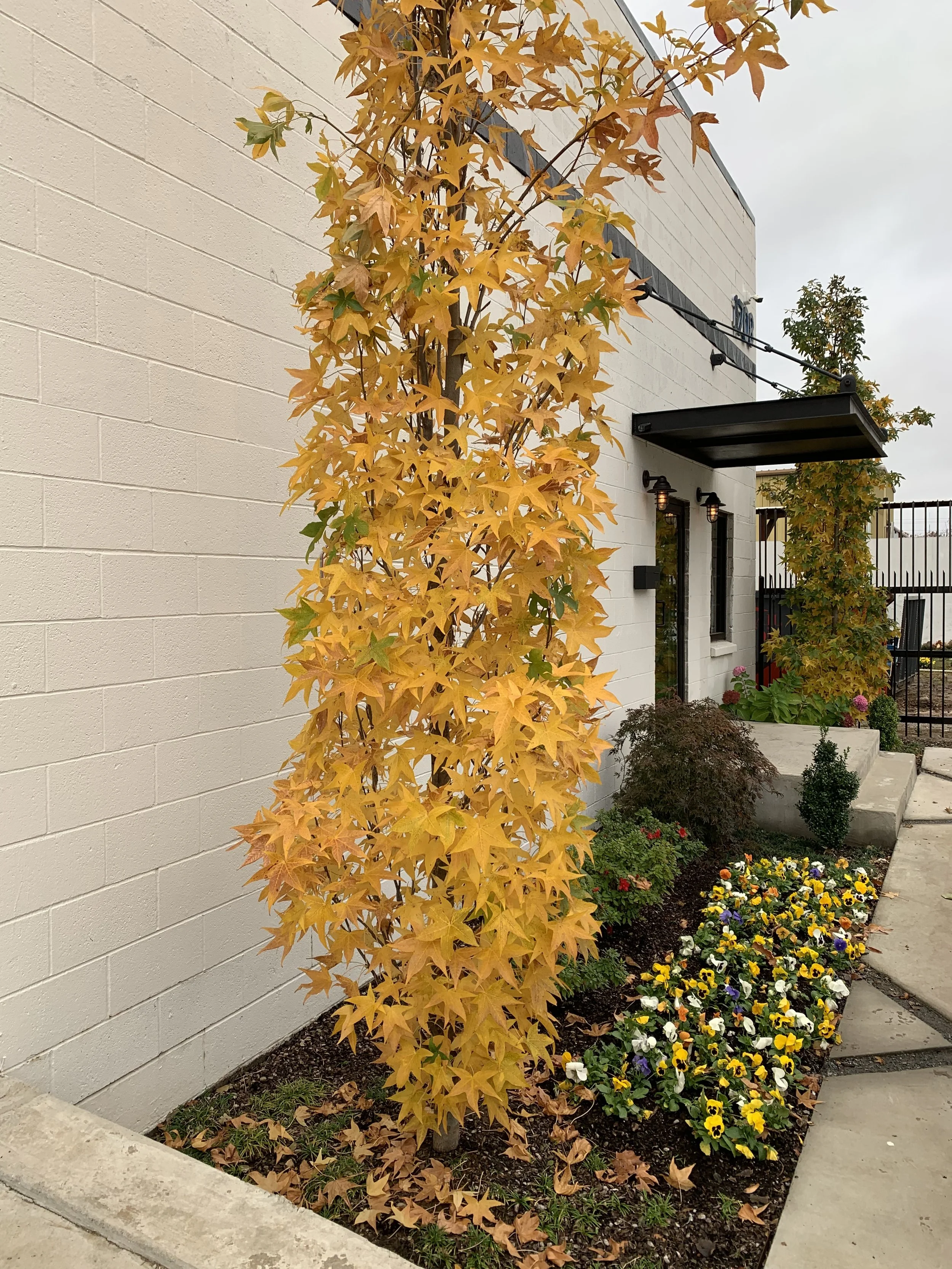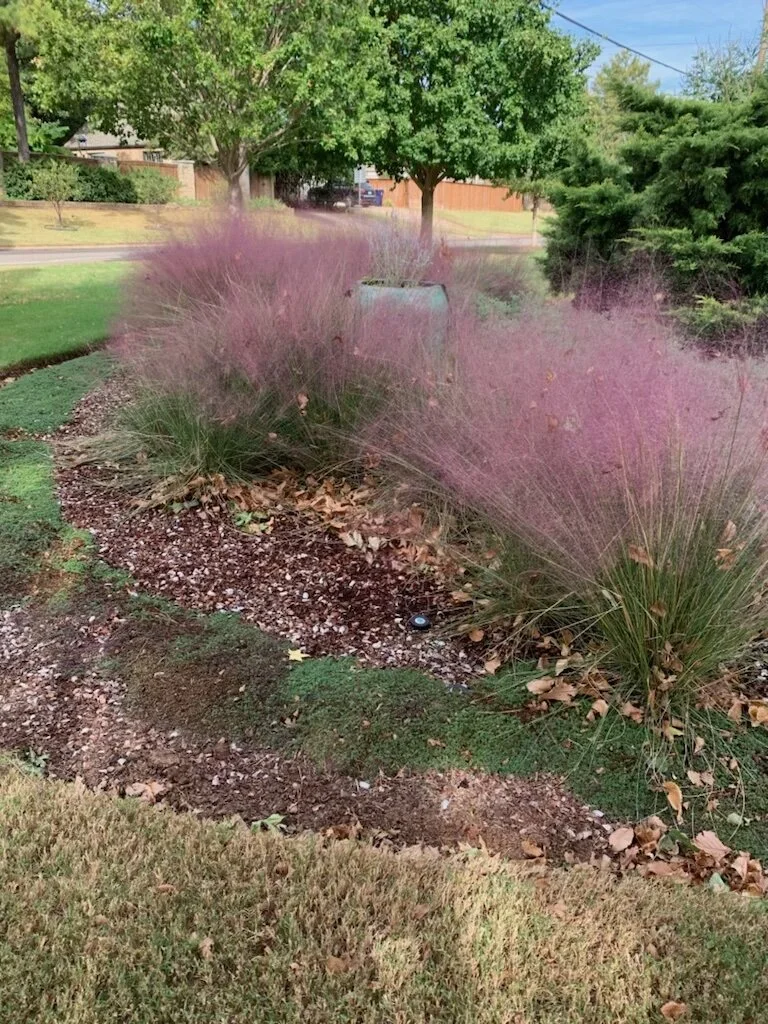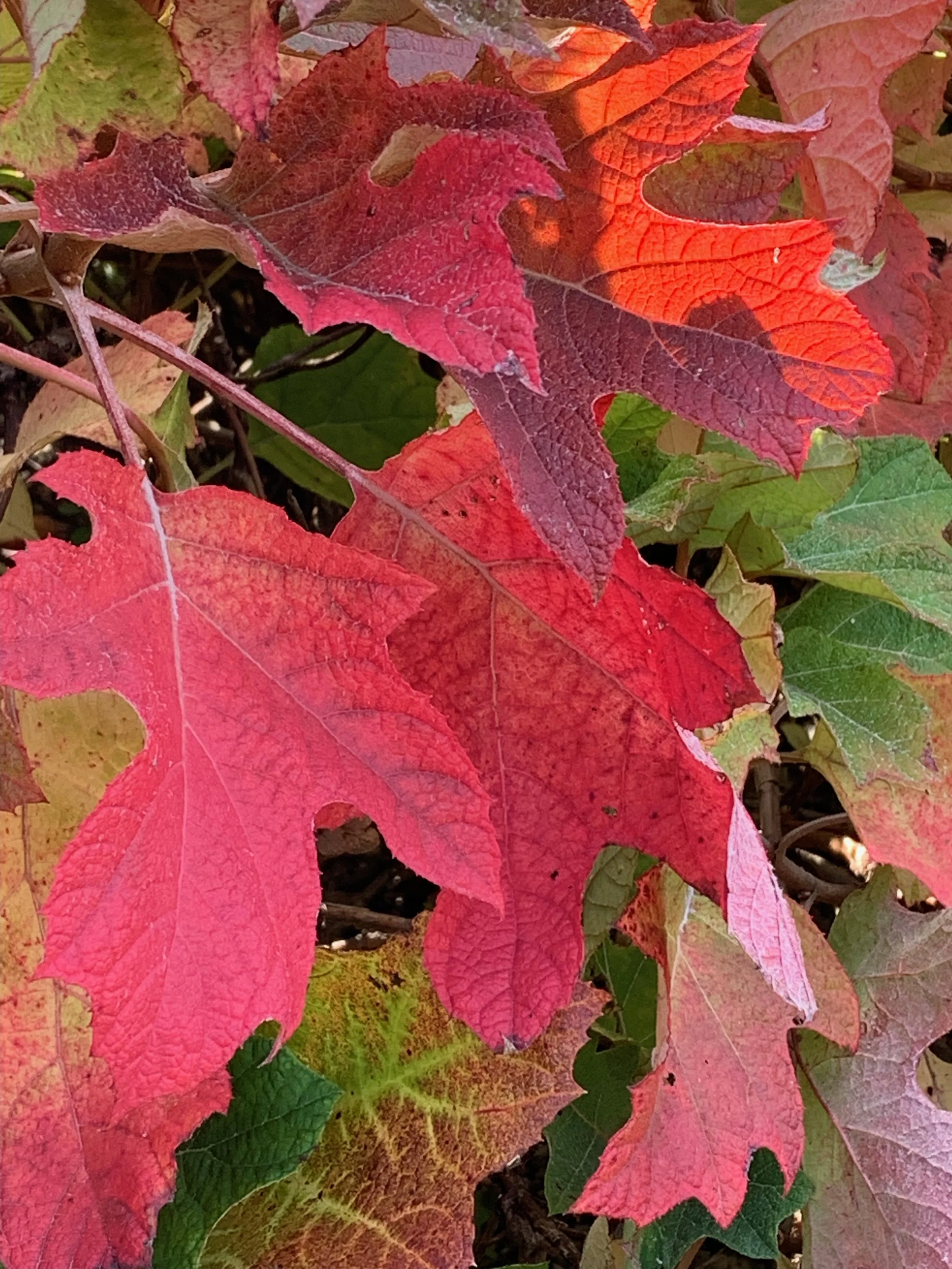October Lawn & Landscape Tips
Excuse me, but did we miss September?
I can’t be the only one who feels like we had seven weeks of August and only one week of September!
If you don’t agree with me, ask your lawn and landscape, I’m sure they will agree!
Finally, we are seeing cooler nights and pleasant days. Oh, I hope the feeling of fall lasts a while.
Fall is an important time in the landscape. Much of your lawn and landscape success next season is dependent on what you do this fall.
Here are a few things to stay focused on during October:
With the abnormally dry September, take time to inspect shrubs. Shrubs planted this year, such as this Little Limelight Hydrangea, may need an extra deep soaking.
Watering – If you have completely stopped watering, you stopped too early. Your lawn and landscape require at least 1” of moisture every week through the fall.
Moisture is important for plants as we head into the winter. Don’t allow your landscape to experience drought stress now.
Because day length is shorter, the sun angle is lower, and temperatures are cooler in October, deep soaking every 4 days for established lawns and landscapes is the best practice. Newly planted fall seasonal color or new landscape plantings will need to be watered more often.
If you need more information on watering see our article from last Sunday, September 22, Fall Irrigation Changes Coming Soon!
One of the best practices for your lawn and landscape this fall is to continue to water for long periods just like you do in the summer but reduce how often you water. Shallow rooted landscapes are often the result of shallow, frequent watering. Healthy, deep-rooted landscapes are the result of deep, infrequent watering.
Overseeding – September and October are the best time of the year to establish fescue from seed. This year, due to warmer temperatures, many have waited to seed their fescue. Even if temperatures are above normal, if you have not overseeded your fescue areas yet, now is the time to get it done. October seeded fescue will have time to germinate and mature before we receive our first freeze in late November or early December.
Remember, the keys to successful seeding are good seed-soil contact and keeping the seed consistently moist until it germinates.
Most disappointments with overseeding are due to not keeping the seed consistently moist for two weeks until it germinates. The worse thing for new seed is for the seed to be moist, then dry out, then moist, and then dry out again. Pay extra attention to lawn edges where the soil dries quicker, and water coverage may not be perfect.
Lawns that have already been overseeded and have been kept consistently moist for at least two weeks are flourishing, even though it was warmer than normal. But, lawns that have not been kept moist or have uneven water distribution have areas that are lagging. If you have areas that are struggling to germinate, supplemental watering in those areas will get the seed germinating.
For more information on overseeding, visit our article from September 8, Best Practices For Successfully Establishing Fescue.
This fescue lawn was overseeded 2 weeks ago. The lawn was kept consistently moist resulting in successful germination. The lawn is watered with rotor-type heads on 25-30’ spacing which ran for approximately 10 mins 3x per day since seeding.
Newly seeded fescue 14 days after germination.
This fescue lawn was overseeded the first week of September. The area is watered with spray-type heads on 12-15’ centers. The system was set to run at 4:00 AM, 10:00 AM & 4:00 PM, 4 minutes per zone, daily for two weeks. Successful seeding in early September is less about the afternoon temperature and more about consistent moisture.
As I have been making our customary two-to-three-week follow-up visits after overseeding,
I have witnessed the impact of not keeping the seed consistently moist.
Results on lawns seeded the same day in the same neighborhoods vary greatly
depending on if they are kept moist or allowed to dry out between watering.
Bermuda Lawn Maintenance – As cooler nights arrive, and days continue to get shorter, warm season lawn growth will slow in October resulting in fewer cuttings in October.
Avoid scalping the lawn short to finish off the season. Anytime grass is scalped the plant uses nutrients stored in the roots to produce new leaf blades. Scalping in the fall will result in a weaker root system going into winter. Leaving your bermuda lawn at 2” to 2.5” during the dormant season gives your lawn a layer of protection against extreme cold temperatures and weed germination.
It’s hard to beat the deep rich greens of fescue in October!
Japanese Maples return to bright red this month.
Fall is the best time to add shrubs. Consider adding shrubs that add color to the fall landscape, such as Burning Bush.
Fescue Lawn Maintenance – Fescue thrives when nighttime temperatures are cooler, and day length is shorter.
Have you noticed the recovery of fescue lawns after only one week of cooler temperatures?
The beauty of fescue in the fall is unsurpassed by any other turf grass. Mow regularly. Avoid cutting more than 1/3 of the leaf blade off each time you mow.
Lawn Fertilizer – Fertilize cool season lawns with a high nitrogen fertilizer this month. Fall is the best time to feed fescue.
If you have a bermuda lawn, put away the high nitrogen fertilizer for the season. Even though soil temperatures are still warm enough to promote growth and add color for bermuda lawns, late nitrogen applications are considered a causal agent in the promotion of spring dead spot.
Bald Cypress turn a beautiful rusty red in October.
Turf Weed Control – Lawns need two fall pre-emergent applications. If you have not applied the first fall pre-emergent yet, please do so as soon as possible. For the best prevention of fall and winter weeds the first application before soil temperatures consistently drop below 70. The current 3-day average soil temperature in the Oklahoma City metro is 71.
October through early December, a second, winter pre-emergent needs to be applied to keep your lawn weed free until next spring.
Fall is also a great time to control many broadleaf weeds in warm season turf and established cool season turf.
If you seeded your fescue this fall, wait until the new grass is up, actively growing, and has been mowed a few times before you apply any pre-emergent herbicides.
The best way to have a clean lawn next spring is to apply two fall pre-emergent applications this fall, one early and one late.
Spring Dead Spot – A common disease of bermuda lawns that is visible in the spring, but infection of the disease starts in the fall when soil temperatures drop below 70 degrees. Bermuda lawns that receive late season applications of nitrogen to extend color are more prone to the development of Spring Dead Spot. Effective fungicides for control are not available for homeowner use, but certified lawn care technicians have fungicides in the Fungicide Resistance Action Group available to treat for Spring Dead Spot. Two fall applications are required for the best results. The first application should be made when soil temperatures are in the low 70s with the second application 30 days later.
Spring dead spot damage is noticeable in the spring. If you have experienced this disease, now is the time to treat with a fungicide to stop the spread of the disease.
Maples are one of the first trees to celebrate fall.
Tree and Shrub Fertilizer – Do not fertilize trees and shrubs in October. Fertilizing now can encourage new growth that will not have an opportunity to harden off before the first freeze, which may result in plant damage. Wait to fertilizer after we have received our first heavy frost or light freeze.
Seasonal Color – Remove your summer annuals and replace with pansies, kale, and mums for great fall color this month. Pansies love the cool weather. Not only will they provide great color this fall, but if they are not allowed to dry out during the coldest periods of winter, they will offer a wonderful blast of color next March and April.
We covered fall seasonal color in more detail in our September 15, article, Coming Soon to a Landscape Near You – Fall Seasonal Color.
October is the month to remove your summer annual color color and replace with pansies.
Nandina and many other shrubs add bright red berries to the landscape during the fall.
I’m looking forward to the bright October red of Boston Ivy.
Shillouette Sweetgum, a great tree for small spaces, will put on a great show late in October.
The last few days nearly every lawn in an area with native areas close by has damage from an armadillo, possum or skunk. Their native areas are void of food due to the drought. A healthy lawn is the perfect place for them to forage for food.
Fall seasonal color change.
An unexpected fall color is the bright plumes of Pink Muhly Grass.
This has been a great summer for lantana. Hot & dry!
Landscape Plantings – Fall is the best time to plant most container grown trees and shrubs. Because soil temperatures remain warm long after the days turn cooler, materials planted in the fall develop strong roots before the following summer heat arrives.
Often late spring and summer planted container materials don’t develop roots till the following summer.
Fall planted materials can gain an entire year of development over plants installed in the spring and summer. Wait to plant ball and burlapped trees until after the first freeze if possible.
Armadillo Turf Damage – Whenever we have an extended warm and dry late summer damage caused by animals foraging for food increases. This year we are again seeing turf damage caused armadillos, skunks, and possums. If you live near wooded areas, creeks, or lakes, there is a chance you or your neighbors have experienced damage.
Armadillos are attracted to lawns because the soil is moist, easy to forage in and contains food. Grubs, worms, and almost any insect is a food source. Once they find a good place to find food, they return time and time again.
The damage is mostly aesthetic and a nuisance. Bermuda lawns recover quickly. But, for fescue lawns recovery is slow.
If you are experiencing turf damage, the primary control is trapping. You can treat your lawn with an insecticide to remove their food source, but you are also removing beneficial insects. If you have a history of grub activity or are seeing signs of grub damage, then a treatment is recommended. But, because armadillos return to areas where they have found food, if you apply an insecticide after they have damaged your lawn, there is a good chance they will come foraging again.
Home remedy treatments include cloves of crushed garlic or cayenne powder. Armadillos have a strong sense of smell and are repelled by strong smells. There are also armadillo repellents available. Home remedies and repellents require you treat the area frequently, if not nightly, for them to be effective.
For more information, see this Fact Sheet Publication from Oklahoma State University, Dealing with Armadillos | Oklahoma State University (okstate.edu)
THE COLORS OF OCTOBER
Over the next few weeks Bald Cypress will add rusty orange shades to the landscape.
Autumn Blaze Maples will be one of the first trees to burst with color this month.
Pyracantha will add color to the landscape this month with bright reddish-orange berries.
Mums are the perennial stars of October.
If you leave your faded blooms on your Endless Summer Hydrangeas they will turn a vibrant pink this month.
Purple Muhly Grass is a cool season ornamental grass that graces October with purple feathery plumes.
Mums
Oak Leak Hydrangeas are also known to brighten the October landscape with hues of red.
Pansies will replace the colors of summer this month in your seasonal color plantings.
Burr Oak
Autumn Blaze Maple
Euonymus Burning Bush will be an eye catcher in late October.
Don’t lose your focus on good lawn and landscape practices as the season slows down. Your efforts this month will not only reward you now, but will also set your lawn and landscape up for a great spring.
Now, head outside and enjoy fall!
If you have questions or need help with any lawn and landscape needs, simply respond to this email or give us a call at (405)367-3873.
Lorne Hall
Hall | Stewart Lawn + Landscape
(405)367-3873



